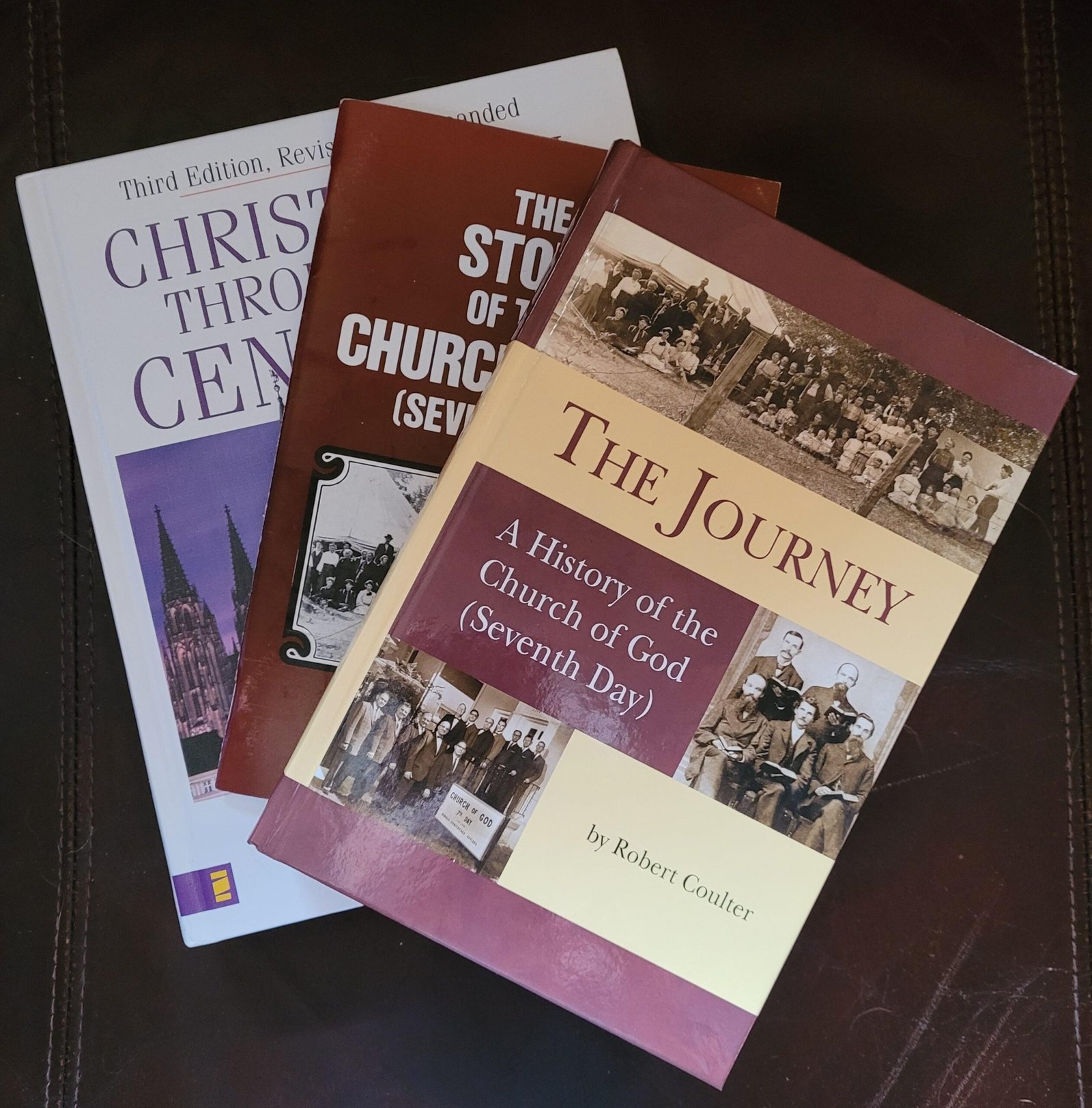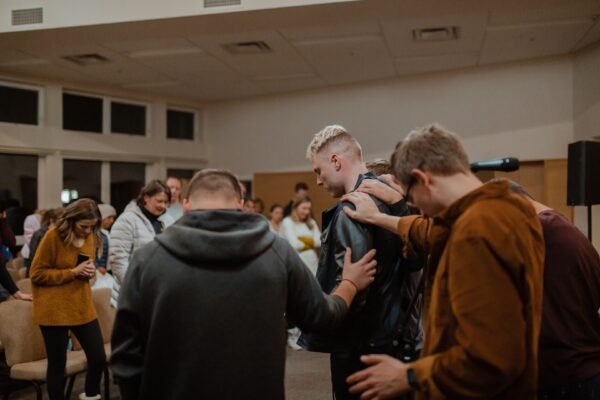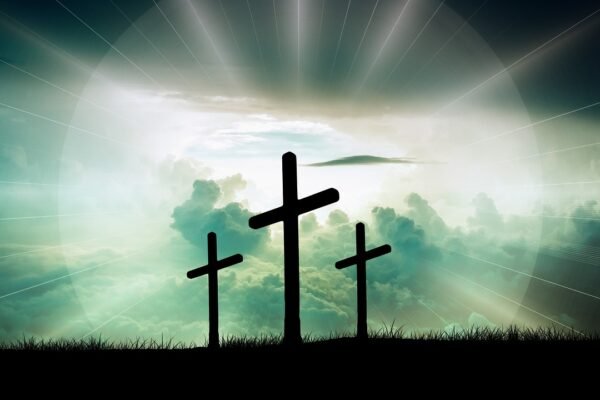Introduction
One of the courses that most surprised me in seminary was cultural theology. The first two verses of Romans 12 erupted into my thoughts when I was informed it was a required course. Now, I am sincerely glad I took it. The course dealt with how changes in technology change aspects of culture which in turn affect our understanding of scripture and consequently our application of theology.
A simple example is the advance of the automobile. Before the availability of cars, our experience of the world was limited to where we could walk, rarely beyond. Churches were central to the community and children frequently took on the same vocation as their parents.
Just think about how far we regularly and easily drive to church, work, school, or market to consider the implications of the cars to our understanding of both the physical and intangible world. Now add the printing press, the internet, sound systems, and smart phones to that thought for pondering.
History and technology impact us and our theology in ways we may not even fathom or want to accept. The community we serve is also impacted by shared world, family, and personal history. Effective leadership requires consideration of everyone’s history. Just like Our Lord Jesus, good shepherds do not approach everyone and every situation in the same way.
[bctt tweet=”History and technology impact us and our theology in ways we may not even fathom or want to accept. – Santiago Chavez” via=”no”]
Personal Experiences Change Me
I did not grow up in the Church of God (Seventh Day) (CoG7). Our family interacted with the Pentecostal and a long list of denominations before I was introduced to seventh-day Sabbath and the CoG7. The first mention of the Sabbath challenged my beliefs and I set out to prove that it was biblically unfounded.
It did not take very long for me to run into a roadblock and appeal to my discipler for proof passages that supported Sunday worship. He provided some and I was only further convinced about the seventh-day Sabbath after studying them. Long story short: I was eventually asked to stop attending that congregation. I pulled out a phone book and found the local CoG7 congregation.
By this point I was convicted that the decalogue was still in effect, that Jesus (Luk. 4:16) and His disciples (Acts 17:2) observed the seventh-day Sabbath, but maybe the day of worshipped was changed to Sunday because Jesus rose from the dead on a Sunday.
Picture if you will, a three-legged stool being precariously balanced on the last remaining leg, and then having that leg kicked out by the news that He rose on a Sabbath. Did you hear wood breaking and a heavy thud as my doubts hit the floor? I still do.
We all have reasons for why we believe what we believe. Like yours and mine, the history of our denomination is rich with peculiar events that define it. As leaders it behooves us to know the history of our congregation and its members as well as that of our denomination.
[bctt tweet=”As leaders it behooves us to know the history of our denomination. – Santiago Chavez” via=”no”]
Some Examples of Our Denomination’s History
The second coming of Christ, not the seventh-day sabbath, was the first doctrinal insight of the group that would become the Church of God. Gibert Cranmer left the Methodist church when he was 19[1] and identified with the Christian Connexion (Church).
Ten years later, in 1843 Cranmer and some members of the Christian Church became Adventists when they gathered around William Miller.[2] Miller was a former deist whose interpretation of Daniel 8:14 led him to understand that Christ would return between the 21st of March, 1843 and the 21st of March, 1844.[3]
The springs and falls of 1843 and 1844 were four small disappointments leading to the Great Disappointment of October 22, 1844.[4] Gilbert Cranmer’s second wife, Betsy, did not subscribe to Miller’s conviction and is reported to have said, “Gilbert, you will be back,”[5] as Cranmer left on that evening, expecting to never see her end their daughter again.
His return the following morning must have been excruciating. This night would be a kind of Kristallnacht that marked the story of our denomination, but it stirred many believers to revisit scripture with greater fervor, and we are still lower-case “adventists” in that we await the return of the Messiah.
Introduction to the Seventh-Day Sabbath
Divine Providence had placed the concept of the seventh-day Sabbath on a crash course with Gilbert Cranmer. A knock on the door of the most honest man in Battle Creek, Michigan (according to the local Post Office) would find Cranmer at the home of David Hewitt.[6] Joseph Bates introduced Hewitt and Cranmer to the Sabbath in 1852.[7]
Hewitt started observing the seventh-day Sabbath the following weekend and Cranmer soon associated with James and Ellen White to become part of the Sabbath-keeping Adventist movement[8]. Bates, aka the “Sabbath Apostle,”[9] had presented the concept of the seventh-day Sabbath to the Whites in 1846.
Ellen White had already had her first (documented) vision on December 8, 1844.[10] Cranmer soon joined those disenfranchised by the Whites when they expressed disagreement with the anti-biblical and contradictory substance of her visions.[11] Cranmer separated from the Whites shortly after publicly preaching about this issue in 1857.[12] Ellen White’s visions continue to be the most irreconcilable difference between the Church of God and the Seventh Day Adventists.
More recently, the efforts made by Andrew N. Dugger and C.O. Dodd to associate the Church of God (Seventh Day)[13] with the apostolic church in Jerusalem are a source of much confusion. An account coauthored by Dugger and Dodd[14] and published in 1936, A History of the True Church, made claims that our denomination could trace it roots to the Lord’s Apostles.
Accounts indicate Gilbert Cranmer founded the Church of Christ in southwestern Michigan in 1858[15] and that the General Conference of the Church of God (Seventh Day) was organized on October 5, 1884 in Irvington, Michigan.[16]
These miniscule details offered as examples were extracted from Elder Robert Coulter’s wonderful work, The Journey: A History of the Church of God (Seventh Day) published in 2014. I apologize to him and the reader for any accidental misrepresentations committed.
In Conclusion
Like our faith’s patriarchs, Gilbert Cranmer, William Miller, Joseph Bates, the Duggers, and others in our denomination’s history had their own flawed human stories. Yet, each personal micro-narrative was woven into the Church of God’s narrative, which in turn is still being woven into the story of Christ’s body, the Church – just as God has laid it out meticulously to fit into in His Divine metanarrative: a marvelous tapestry that may make sense someday in our still just beyond reach, yet palpable, future (Psa. 139:16).
Your eyes have seen my formless substance;
And in Your book were written
All the days that were ordained for me,
When as yet there was not one of them.
Psalm 139:16 (NASB)
Please consider further study of the history of our denomination and the reasons it matters to leadership by registering for Artios Christian College’s course LEA 321 Leadership in the Church of God (Seventh Day):
Notes:
[1] Robert Coulter, The Journey: A History of the Church of God (Seventh Day) (Denver, CO: Bible Advocate Press, 2014), 25.
[2] Ibid., 40.
[3] Ibid., 40.
[4] Ibid., 44.
[5] Ibid., 45.
[6] Ibid., 53.
[7] Ibid., 52.
[8] Ibid., 53.
[9] Ibid., 52.
[10] Ibid., 62.
[11] Ibid., 54.
[12] Ibid., 67.
[13] Ibid., 10, 288.
[14] Ibid., 195.
[15] Ibid., 11.
[16] Ibid., 11.








